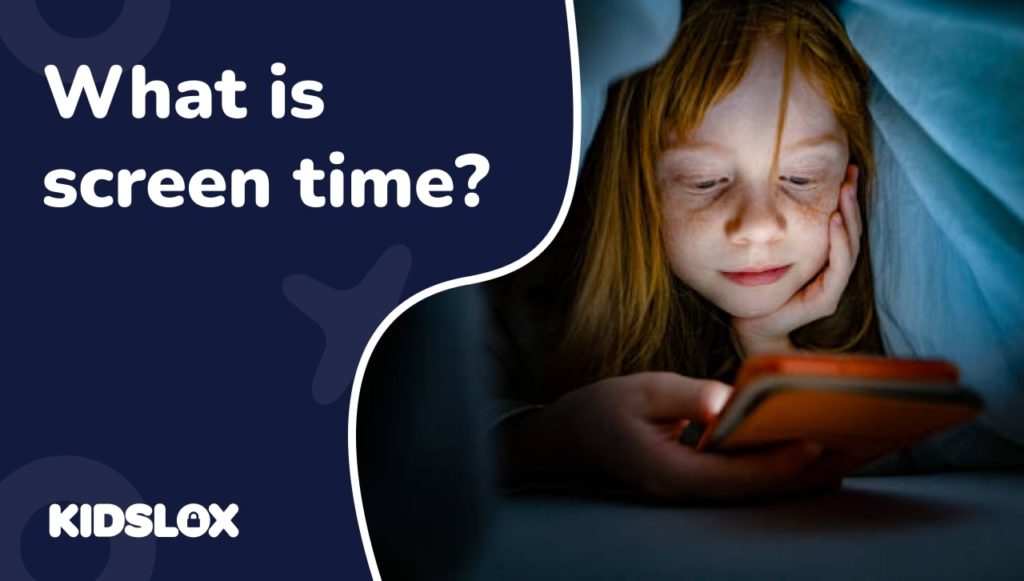Should parents come together to ban phones for under 14s?
Have you heard about the push for a Smartphone-Free Childhood? This growing movement, led by a collective of UK parents, aims to shield children under 14 from the powerful influence of Big Tech by delaying smartphone use.
The reason behind it is simple: parents are often caught between a rock and a hard place—either they give their kids a smartphone and expose them to the risks of the online world, or they hold off and risk their child feeling left out socially.
The internet isn’t going anywhere, and that’s why this movement is all about shifting the norm. It encourages more parents to delay smartphone use, creating a unified approach to when kids are first introduced to these devices. By doing so, they hope to protect children while fostering healthier, real-world connections during their early years.
The Argument for a Smartphone Free Childhood
There are many reasons why the Smartphone Free Childhood Movement (SFCM) is gathering pace. From cyberbullying to the risks of grooming and academic distractions, the dangers of unfettered internet access on young minds is stark and hard to ignore.The founders of the movement believe that when you give your child a phone, you grant access to your child on a global scale. This leaves them exposed to:
Inappropriate content – Smartphones provide easy access to disturbing content, such as pornography, violence, and other extreme material. Many parents know that their child isn’t the sort to seek out harmful content, but far too often kids will stumble upon it accidently through algorithms and messaging apps.
Grooming – Platforms like TikTok, Snapchat, and Roblox have been known to be used by sexual predators targeting children, particularly those with their first smartphones. Predators often blackmail young victims into sharing inappropriate content, a crime known as “sextortion”.
Interference with school work – The average teen receives nearly 250 notifications on their smartphone each day—interrupting their focus every few minutes and making academic concentration a challenge.
Behavioural challenges – Many tech companies design their apps to be addictive, ensuring users spend more time on them, generating more data and boosting profits. By exploiting the brain’s dopamine system, these apps trigger responses similar to those seen in gambling addiction..
Cyberbullying – Conflicts among children that used to end when the school day was over now follow them home through digital channels, making bullying a 24/7 issue. Kids who experience cyberbullying are twice as likely to attempt suicide or self-harm.
How might delaying the introduction of a smartphone benefit kids?
One of the core messages of the Smartphone Free Childhood Movement is that we all need to wake up to the sheer amount of time many children are spending online. The argument being that these precious moments are being wasted in front of screens, often at the expense of real-world experiences.
According to statistics shared by the SFC movement, for the first time in history, children spend more time on screens than they do engaging in unstructured play, which is vital for healthy development. The average 12-year-old in the UK spends 29 hours a week on their smartphone, equivalent to a part-time job. As a result, children are missing out on essential life experiences and social interactions, which are crucial for developing the skills needed to transition into adulthood. Since 2010, the average amount of time teens spend with friends has dropped by 65%.
Without the constant pull of a smartphone, children have the freedom to engage more deeply with the world around them. They are more likely to develop their creativity through imaginative play, foster stronger relationships with family and friends, and pursue active outdoor activities that are essential for both their physical and mental health. A smartphone-free childhood also encourages children to be more present in the moment, helping them build mindfulness and emotional resilience, traits that are often eroded by the instant gratification and endless distractions that smartphones offer.
Delaying smartphone use also allows parents to establish clear boundaries around technology, helping children gradually understand the importance of balance in their digital consumption. Instead of being overwhelmed by constant notifications, children can focus on learning, exploring, and developing hobbies without the pressures and distractions that come from having a smartphone at a young age.
As the smartphone-free movement gains momentum, it’s important to recognize that it’s not just about keeping children away from screens indefinitely. It’s about giving them the time and space they need to grow and flourish in the real world before introducing the complexities of digital life. By delaying smartphones, parents are offering their children the opportunity to build a solid foundation for a healthier relationship with technology in the future.
One of the key strengths of the smartphone-free childhood movement is the emphasis on community support. Raising children in a digital world is challenging, and it can feel like an uphill battle for parents who are trying to limit screen time when so many other families seem to be doing the opposite. This is where community efforts become invaluable.
When entire groups of parents come together and agree to delay smartphone use for their children, it creates a consistent environment that reduces the pressure on any one child or family. Instead of a child feeling left out because they don’t have a phone when all their friends do, they become part of a group where the norm is to wait longer before diving into the world of smartphones. This collective approach helps to reduce peer pressure and fosters a sense of solidarity among parents, making it easier to maintain limits on technology use.
Community initiatives can take many forms. Some groups organize local events or workshops where parents discuss strategies for delaying smartphone access, while others create social media groups to share resources, ideas, and encouragement. Schools also play an important role in this effort by setting policies around smartphone use, supporting parents who want to delay their child’s access to digital devices, and promoting the benefits of tech-free time in education and social development.
Another advantage of community-led efforts is the ability to collectively advocate for change at higher levels, such as putting pressure on tech companies to create healthier digital environments for children. By working together, parents and local communities can drive a broader conversation about responsible tech use, holding companies accountable for the tools they develop, their dark design patterns, and the impact those tools have on young users. These community actions are an essential part of ensuring that children can enjoy a more tech-free childhood and grow up with a better balance between the digital world and the real one.
Is a Smartphone Free Childhood too extreme? Can we achieve a better balance?
It seems like many commentators are in agreement that around the age of 14 is the earliest that a child should receive a smartphone. Many parents also agree, as this coincides with teenagers’ growing need for independence and increasing emotional development. Despite this, there are also many parents who are ready to give their children devices much earlier, for a variety of reasons, both practical and ideological.
The decision of when to introduce a smartphone to a child remains a personal one, with many contributing factors including the teen’s maturity level and understanding of the dangers of the digital world. Add to this the complexity caused by the fact that many families’ position changes over time, often becoming more or less strict based on their own experiences.
Parental controls can play a vital role in effective digital parenting whenever you decide to introduce a smartphone. Kidslox is designed to be a tool, to help enforce household phone rules, and provide parents with insight into how their kids are using their devices. It’s not a silver bullet. It doesn’t solve the many issues posed by excessive screen use or bad faith, big tech companies. But it does enable parents to block harmful sites and content, to monitor how their child is using their phone, and to set limits to the amount of time they can spend online. As part of a considered, mindful approach to introducing technology to kids, parental controls often have a crucial role to play.
Another way that families are finding balance when it comes to big tech is to introduce regular digital detoxes.
The Smartphone-Free Challenge, a popular initiative within the broader smartphone-free childhood movement, encourages families to take a break from their devices and experience the benefits of unplugging. This challenge typically involves going without smartphones for a set period—whether it’s a day, a weekend, or even longer—and is designed to help families reset their relationship with technology. In the context of delaying smartphone access for children, the challenge serves as a practical step that allows parents and children alike to experience life without the constant presence of screens.
Is a smartphone free childhood even possible?
It’s important to remember that the smartphone-free childhood movement isn’t about demonizing technology or keeping children away from screens forever. Rather, it’s about creating a balanced, thoughtful approach to how and when children are introduced to technology. The goal is to ensure that children have a solid foundation of social, emotional, and cognitive skills before they dive into the digital world, allowing them to engage with tech in a way that enhances their lives rather than detracts from it.
Technology is an integral part of modern life, and it’s not going anywhere. What’s key is teaching children how to use it responsibly. Delaying smartphones gives kids the chance to develop the self-regulation, critical thinking, and emotional resilience they’ll need to navigate the challenges of tech use later on. When they eventually do get their own device, they’ll be better equipped to handle it in a healthy way, with an understanding of how to set boundaries for themselves.
While some members of the movement are critical of any introduction to tech, it’s crucial to strike a balance between delaying smartphones and preparing children for the digital world. Completely shielding children from technology isn’t realistic, nor is it helpful in the long run. Instead, a gradual, well-guided introduction to tech—accompanied by education on responsible use—can help children develop a positive relationship with technology.
By focusing on delaying smartphones rather than avoiding them altogether, parents can help their children grow up with a more mindful, intentional approach to tech. At the same time, using tools like parental controls when smartphones are introduced can further support this balanced approach, ensuring that children’s tech use remains healthy and manageable.





